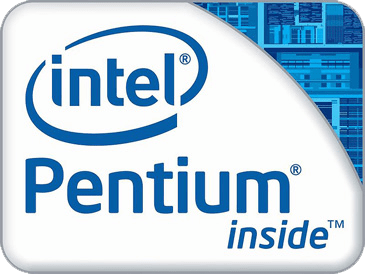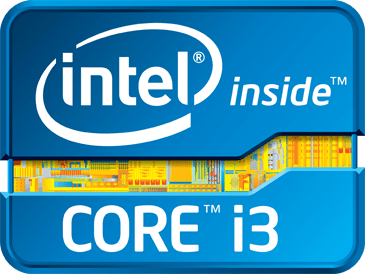

Which to select
It is time to pick the winner. What is the difference between Intel Pentium 7505 vs Intel Core i3-1115G4? What CPU is more powerful? It is quite easy to determine – look at comparison table. The processor with more cores/ threads and also with higher frequency is the absolute winner!
CPU Cores and Base Frequency
Who will win between Intel Pentium 7505 vs Intel Core i3-1115G4. The general performance of a CPU can easily be determined based on the number of its cores and the thread count, as well as the base frequency and Turbo frequency. The more GHz and cores a CPU has, the better. Please note that high technical specs require using a powerful cooling system.
CPU generation and family
Internal Graphics
Some manufacturers complement their CPUs with graphic chips, such a solution being especially popular in laptops. The higher the clock frequency of a GPU is and the bigger its memory, the better. Find a winner - Intel Pentium 7505 vs Intel Core i3-1115G4.
Hardware codec support
Here we deal with specs that are used by some CPU manufacturers. These numbers are mainly technical and can be neglected for the purpose of the comparison analysis.
Memory & PCIe
These are memory standards supported by CPUs. The higher such standards, the better a CPU’s performance is.
Encryption
Data encryption support
Memory & AMP; PCIe
Thermal Management
The thermal design power (TDP), sometimes called thermal design point, is the maximum amount of heat generated by a computer chip or component (often a CPU, GPU or system on a chip) that the cooling system in a computer is designed to dissipate under any workload.
Technical details
Devices using this processor
You probably know already what devices use CPUs. These can be a desktop or a laptop.
Compatibility
Technologies and extensions
Virtualization technologies
Memory specs
Peripherals
Cinebench R20 is based on Cinema 4 Suite. It is the software used to create 3D forms. The benchmark runs for single-core test procedure without counting of hyperthreading ability.
Geekbench 5, 64bit (Single-Core)
Geekbench 5 benchmark is the newest software suit. Completely new algorithms provide the quite accurate benchmark testing results of the single-core CPU.













